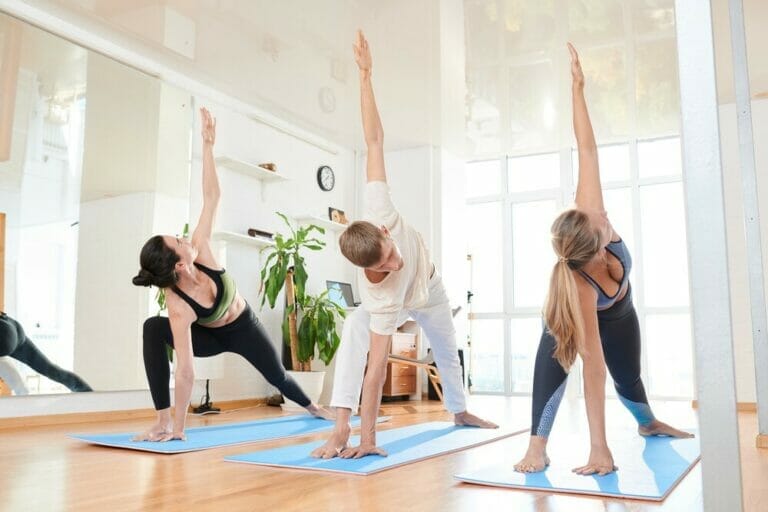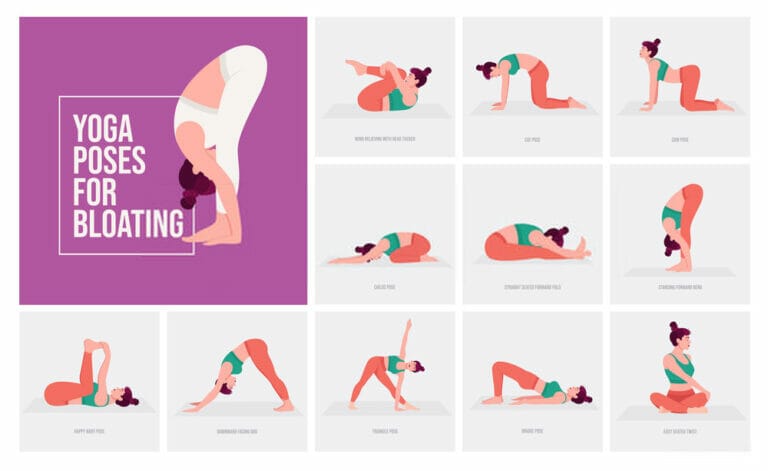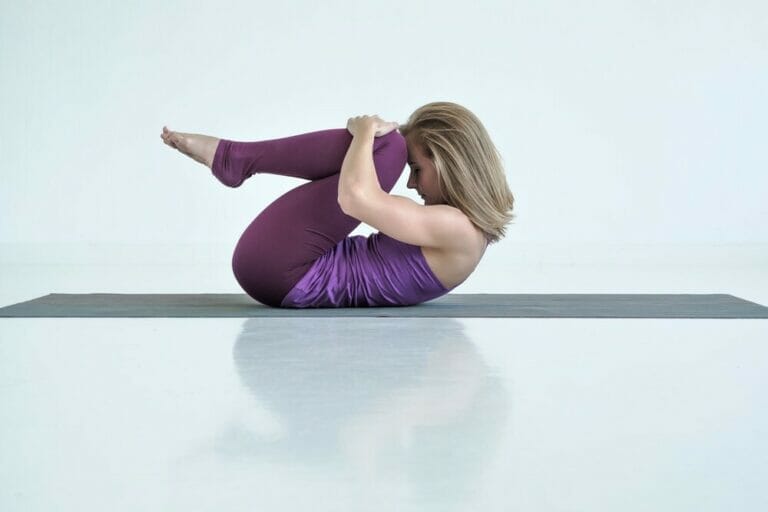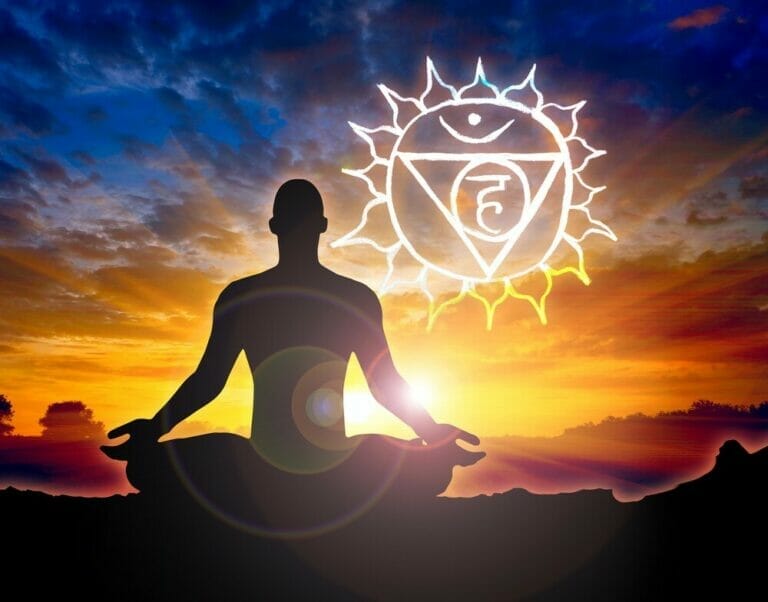Try These Yoga Poses To Boost Up Your Crown Chakra
Yoga is a physical practice that connects your body to spiritual consciousness, and its different position awakens your crown chakra.
But what is the crown chakra? It is your seventh chakra, located on the top of your head. It is where your soul enters your body at birth and exits when you die.
This chakra is considered to be the point at which you link to the Universe via consciousness energy.
Its other names are- The Sahasrara (Thousand-Petaled Lotus), Shunnya (Void, Emptiness), and Niralambapuri.
The Crown chakra is in charge of detachment, oneness, transcendence, and everything else that helps us see our inherent position in the fabric of the world.
Therefore, a genuine link to the Crown chakra is a true connection to pure wisdom and the world as a whole.
A balanced Sahasrara can result in:
- Being aware of the Universe’s fabric in which we live
- The elusive sensation of being “one with everything.”
- Complete spiritual connection with the world
- Intuitive awareness and a more excellent grasp of the infinite
- Peace and happiness
Crown Chakra Fundamentals-
- Location: Crown of the head
- There is no element.
- Color: Violet (white)
- Meaning: Your connection, spirit, and consciousness are all governed by the crown chakra.
- Thousand petaled is a literal translation of the phrase
There are various yoga asanas (yoga poses) or postures that will help you awaken the crown chakra.
Padmasana (Lotus Pose)
Lotus Pose is one of the first postures that comes to mind when most people think about yoga.
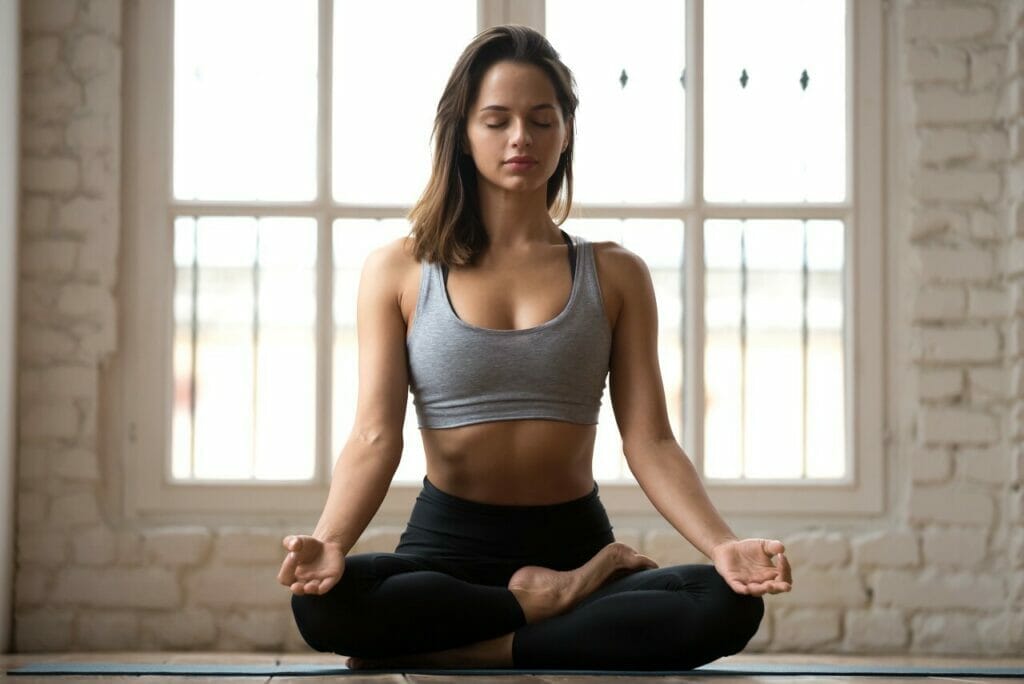
Place one foot on each thigh and maintain an upright but not tight stance. Take care not to overstretch your muscles; if you are not yet flexible enough for Full Lotus, there are alternatives such as Half Lotus.
Lotus pose may be an excellent place to start. Lotus is historically used to prepare for profound meditation and is ideal for waking. Close your eyes, relax your face, and focus quietly on the Crown and Third Eye chakras.
Sirsasana (Headstand)
The Headstand is one of the most challenging yoga poses for the Crown chakra. It is critical not to hurry into the position but rather work up to it, as haste might result in catastrophic damage.
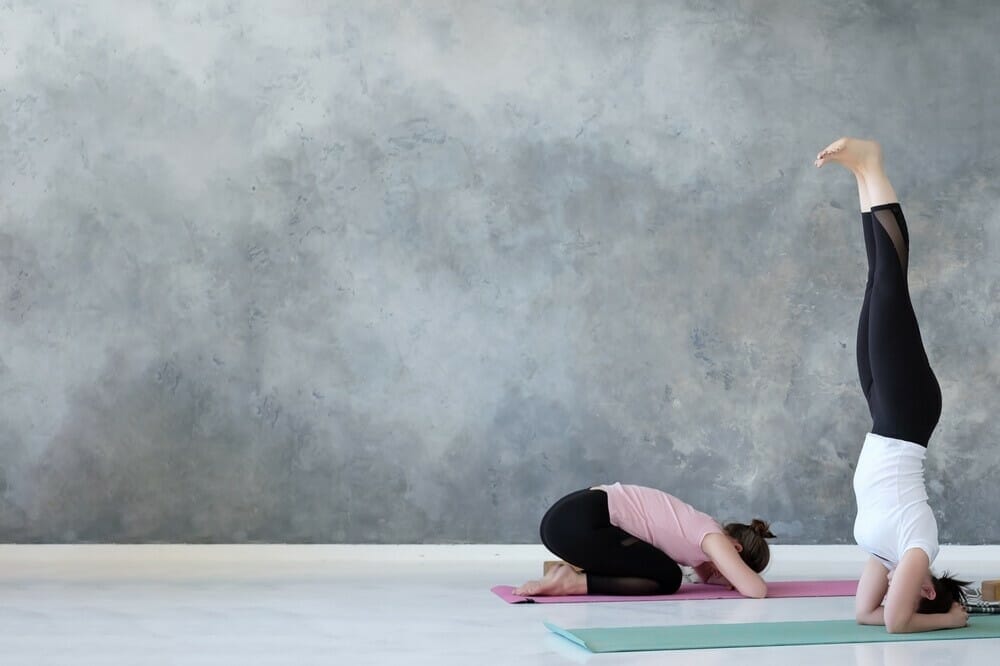
An adequately supported headstand entails balancing one's body weight and building strong core muscles, leading to steadiness and buoyancy sensations.
Hold the posture for five complete breaths or longer if you’re comfortable.
Sasangasana (Rabbit Stand)
Bow down, then, at that point, bring down the crown of your head to contact the floor. Next, arrive at your arms back to cup the impact points of your feet with your hands.
This position grounds your Crown chakra, permitting a more profound association. Thus, your head ought not to be squeezed to the floor, yet rather gently contacting it.
Inhale to extend your spine and raise your head to the heavens. Exhale, curl your chin towards your chest, then continue with the rest of your spine until your head is on the mat.
Hold onto anything you can grasp on your legs if your hands don't reach your heels. Then, take 3-5 deep breaths.
The abdomen contracts, the back rises, the hips and shoulders roll; every part of the body moves in a planned flow during this asana.
It allows a deeper connection to the Earth and yourself and is a great way to activate your spinal muscles.
Tree Pose (Vrkasana)
Another well-known easy posture, Tree Pose, is a basic yet highly efficient position for channelling Crown chakra energy. Feel your hips to see whether they are even. Feel to see if one hand is higher than the other. Place your hands in the stance of prayer.
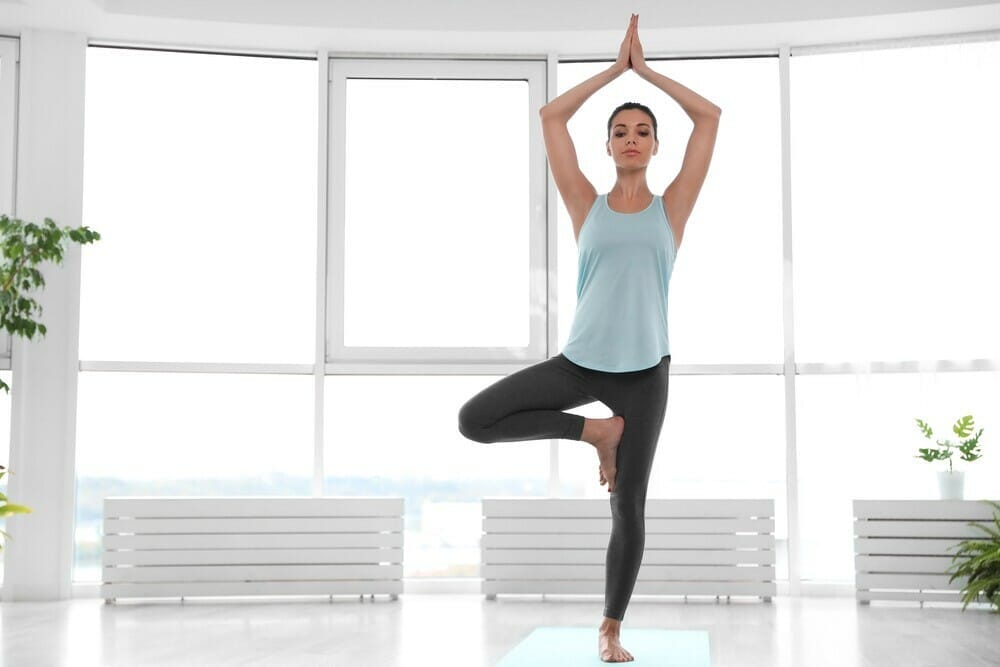
To avoid locking your left knee, make a slight micro bend in it. Inhale to extend your spine, reaching the crown of your head towards the sky while firmly planting your left foot on the mat.
As you press into your left big toe, imagine tree roots sprouting from your left foot to provide support.
Pull your belly button into your spine for lower back support. Roll your shoulder blades down your back and pull your shoulders away from your ears. For equilibrium, look directly in front of you and concentrate on one spot.
Close your eyes for an added difficulty. Gently press your hands together. Deeply inhale for 3-5 breaths. Repeat with the other leg.
Half Lotus Pose (Ardha Padmasana)
Begin by crossing your legs. Next, bring your right foot up onto your left calf with your hands. If that seems comfortable, place your foot on your thigh. Finally, bring your right foot into your left hip crease if you need a deeper stretch.
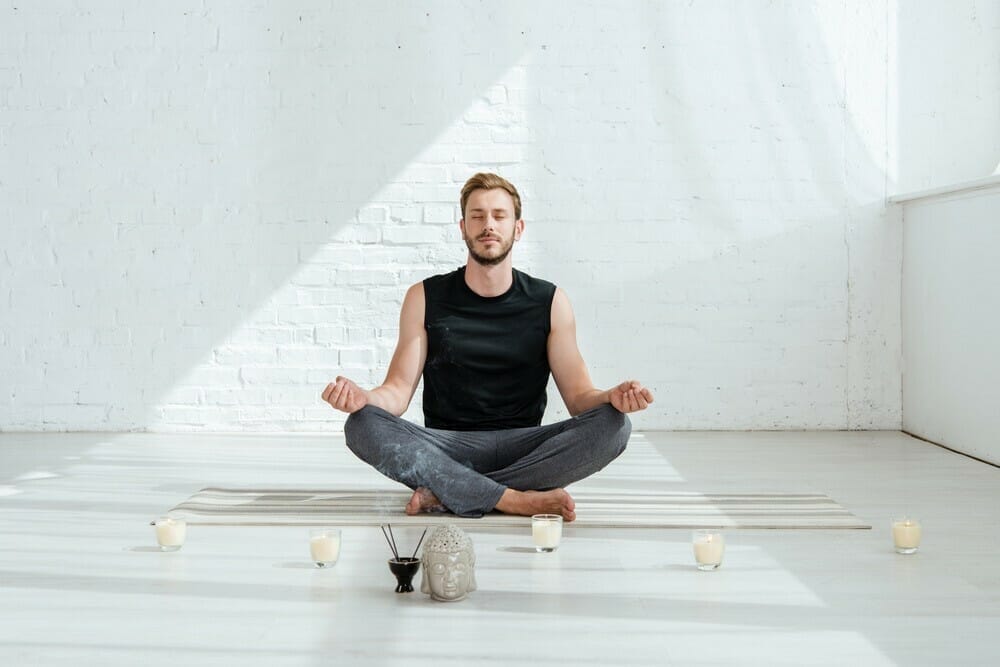
Bring your hands to your knees, either facing up or down. Inhale and feel your spine lengthen before exhaling to relax. Continue to take deep breaths.
Then, switch sides, and keep in mind that one side may be more flexible than the other!
Makarasana (Crocodile Pose)
Crocodile is another seemingly basic yet critically important posture. While in Crocodile, you should be able to relax your entire body, decreasing stress and tension and clearing your thoughts.
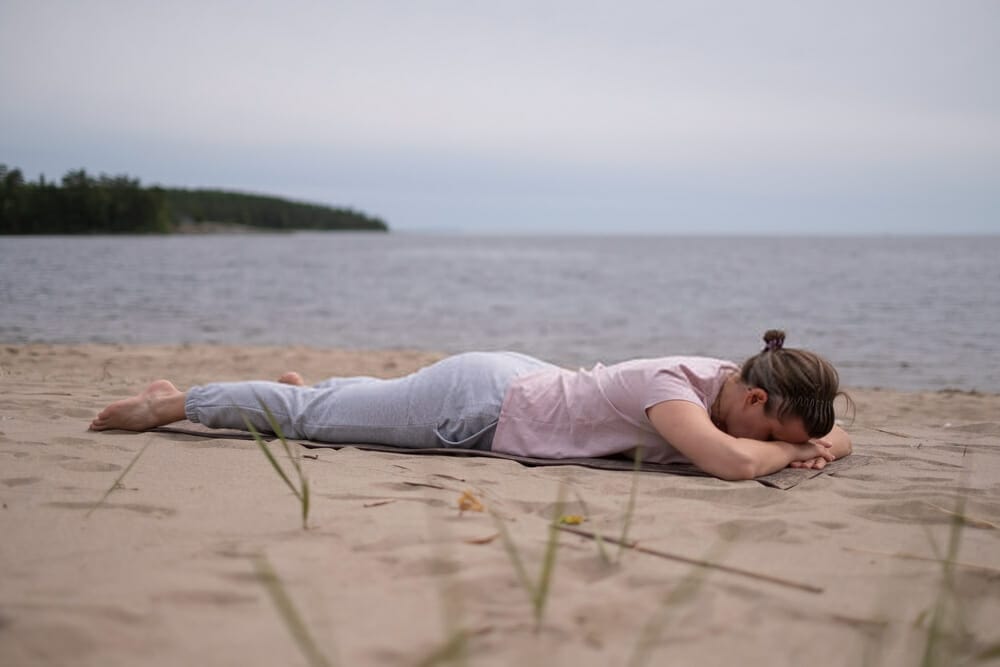
Relax your body more and more with each breath, concentrating on the basic connectivity of your complete body.
Corpse Pose (Savasana)
Lie down on your back. Allow your arms to fall by your sides, moving them away from your body. See that there is plenty of space between your sides and arms. Now, allow your arms to extend so that your palms face up.
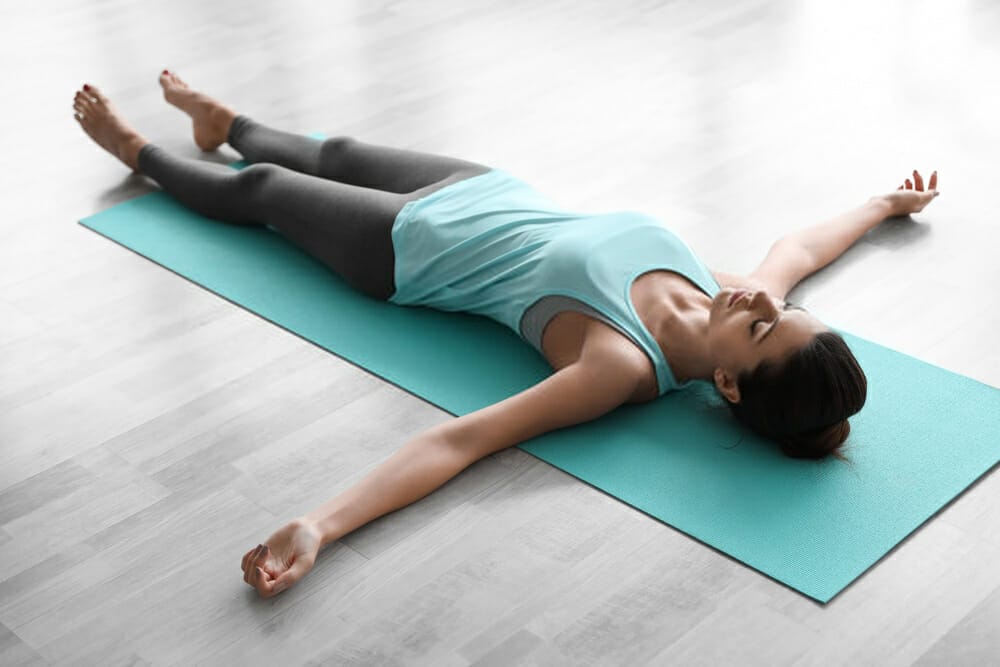
Take a deep breath and relax your fingers. Bring your legs wide, your feet approximately the width of the mat, or a little wider, whichever is comfortable for you.
Scoop your tailbone down enough to allow your spine to belong while maintaining a natural arch in your lower back. It is sometimes better to lay a bolster, wrapped blanket, or a block under each knee to relieve lower back pain. Allow your whole body to unwind.
Alternate Nostril Breathing
Yoga practitioners are frequently advised to try alternative breathing. Place your thumb on your left nostril and breathe in through your right nose for a few seconds.
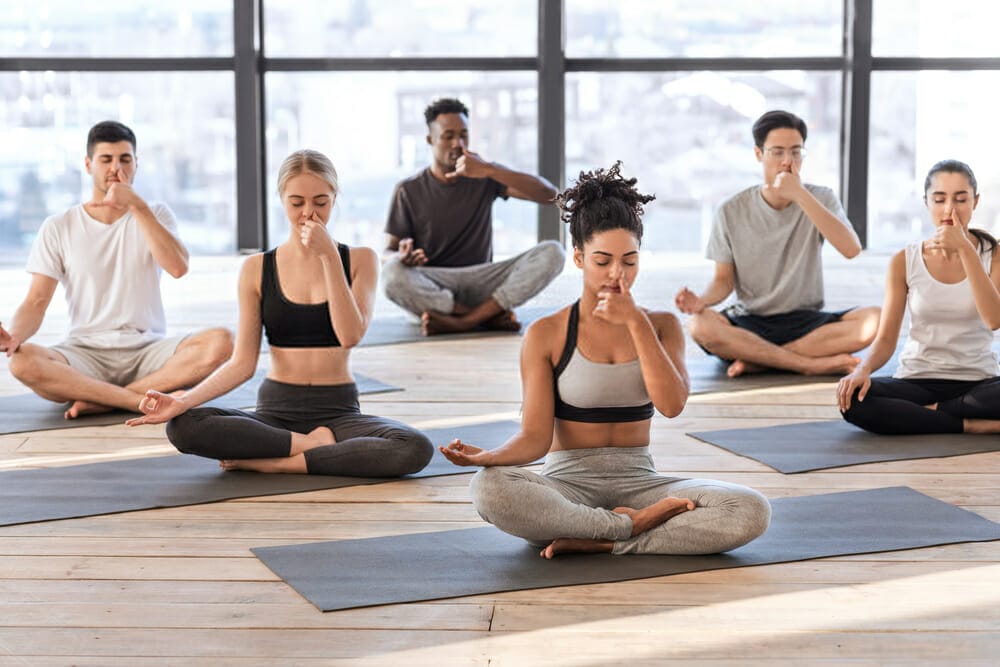
Close your right nostril with your pointer and middle fingers. Exhale via your open nostril. Inhale with your right nostril and repeat the cycle as needed.
Within minutes, you’ll notice that you’re more concentrated and peaceful in your thoughts.
The Bottom Line
Incorporating yoga postures into your daily routine is an easy but powerful way to help in getting a balanced Crown Chakra. Be sure to take your time and focus on each pose, being fully present in the moment.
Find a quiet place away from bright lights and noise, and bring your awareness to the present moment. Rest in the simple bliss of the present moment.
While intentional silence just needs you to focus on quiet, calm, and breathing, some people find it more difficult than imagined.
But, you can do it outside when you’re surrounded by a whirlwind of the Universe, nature, and beauty.
Try incorporating these crown chakra poses into your yoga practice to test your balance and reconnect with yourself and your spirituality.



